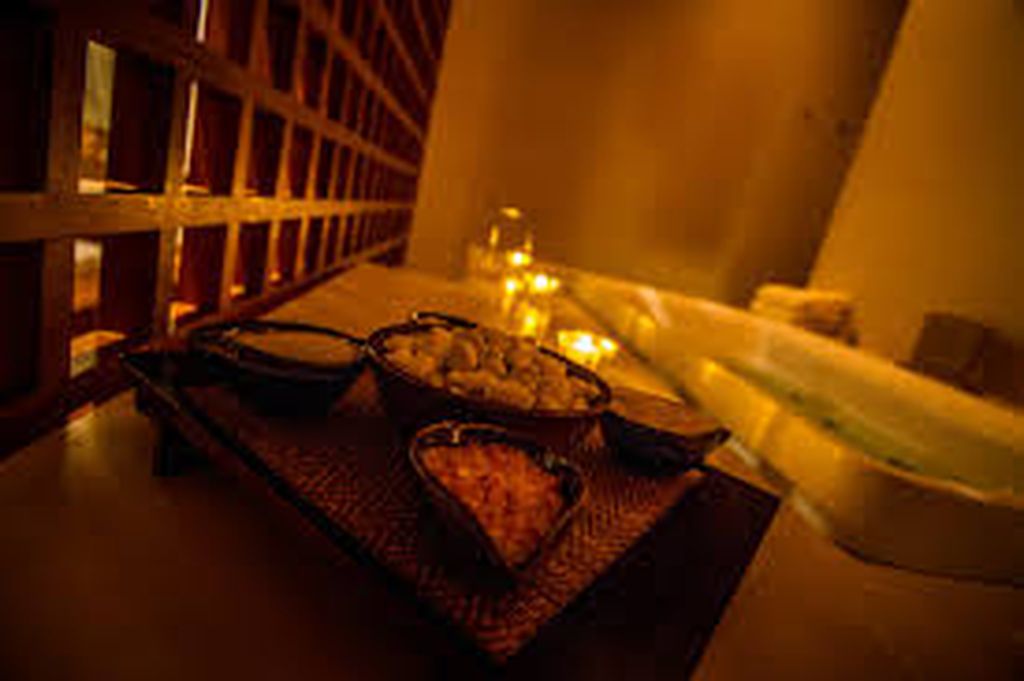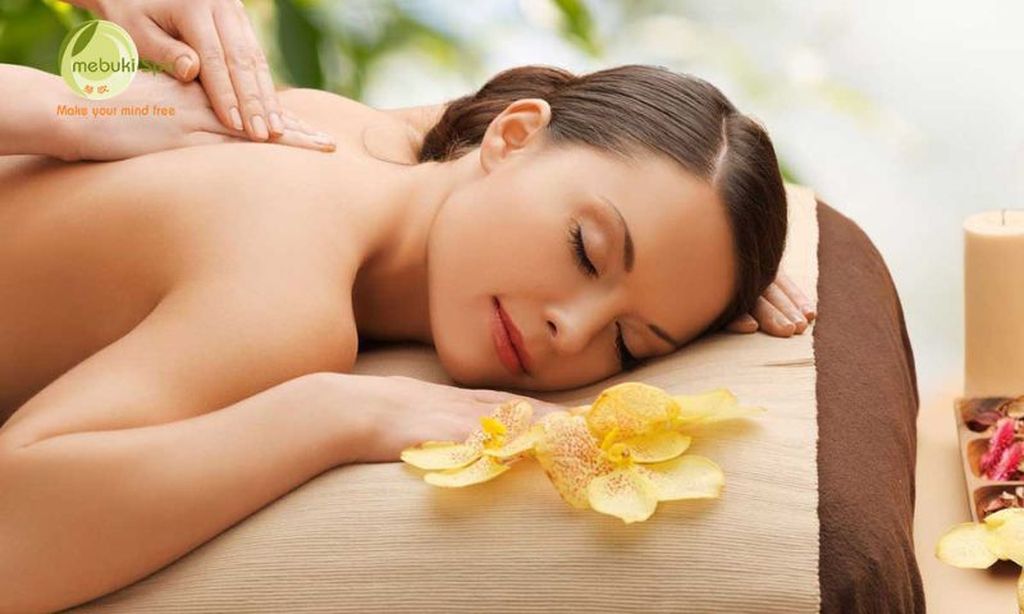How to Choose the Right Spa for Relaxation and Wellness Needs
In today’s fast-paced world, taking time to relax and rejuvenate is crucial for maintaining physical, emotional, and mental well-being. Visiting a spa is one of the most effective ways to achieve this balance. However, with so many options available, selecting the right spa can be daunting. This comprehensive guide explores everything you need to know to choose the perfect spa tailored to your relaxation and wellness needs. By the end, you’ll be well-equipped to make an informed decision and ensure an unforgettable spa experience.
1. Define Your Wellness Goals

The first step in choosing the right spa is understanding what you want to achieve from your visit. Identifying your goals will help narrow your options and ensure you select a spa that aligns with your needs. Common wellness goals include:
- Relaxation: If stress relief is your priority, look for spas offering massages, aromatherapy, and hydrotherapy.
- Skincare: Opt for spas that provide facials, exfoliation treatments, and anti-aging solutions.
- Pain Relief or Healing: Therapeutic treatments like deep tissue massages, acupuncture, or physiotherapy can address chronic pain and muscle tension.
- Holistic Wellness: For a comprehensive experience, consider spas offering yoga, meditation, or nutritional counseling.
2. Understand Different Types of Spas
Not all spas are created equal, and each type serves a specific purpose. Knowing the differences will help you find the spa that suits your preferences.
- Day Spas: These are ideal for short visits and typically offer massages, facials, manicures, and pedicures. They’re perfect for a quick relaxation session.
- Destination Spas: Focused on immersive wellness, these spas offer all-inclusive packages, including fitness programs, detox plans, and healthy dining options. They’re great for multi-day retreats.
- Medical Spas (Medi-Spas): Combining traditional spa services with advanced medical treatments, these spas are overseen by healthcare professionals. Services may include laser treatments, Botox, and chemical peels.
- Resort and Hotel Spas: Convenient for travelers, these spas offer a mix of relaxation and leisure activities, often located within luxury resorts.
- Wellness Retreats: These spas emphasize holistic health, offering programs that integrate physical, mental, and spiritual wellness.
3. Research and Compare Options
Take time to research your options thoroughly. Use online resources like Google Reviews, Yelp, and TripAdvisor to gather insights into various spas. Consider the following:
- Customer Reviews: Look for consistent feedback about service quality, cleanliness, and professionalism.
- Website Information: Check the spa’s website for detailed descriptions of services, pricing, and photos of the facilities.
- Recommendations: Ask friends, family, or wellness professionals for trusted spa recommendations.
4. Assess the Spa’s Ambiance and Facilities

The atmosphere of a spa plays a significant role in your overall experience. Visit the spa in person if possible or take a virtual tour through their website to evaluate:
- Ambiance: Look for a calming and well-designed space that promotes relaxation.
- Facilities: Check for amenities like steam rooms, saunas, hydrotherapy pools, and relaxation lounges.
- Hygiene: Ensure the spa follows strict cleanliness protocols, particularly in shared spaces and treatment rooms.
5. Location and Accessibility
The location of the spa can impact your experience. Consider:
- Proximity: Choose a spa close to your home or workplace for convenience.
- Environment: If you prefer a serene atmosphere, opt for spas in quieter areas away from city noise.
- Travel Considerations: For destination spas or wellness retreats, ensure the travel arrangements align with your schedule and stress levels.
6. Evaluate Spa Therapists and Staff Qualifications
The expertise of therapists and staff directly affects the quality of treatments. Ensure the spa employs certified and experienced professionals. Ask about:
- Certifications: Verify that therapists have relevant qualifications for the services they provide.
- Specialization: Look for therapists who specialize in your desired treatments, such as deep tissue massage or skincare.
- Communication: A good therapist should listen to your preferences and customize treatments accordingly.
7. Explore Service Offerings

A spa’s menu of services can give you an idea of whether it aligns with your needs. Popular treatments to consider include:
- Massages: Swedish, deep tissue, hot stone, and aromatherapy.
- Facials: Hydrating, anti-aging, and acne-focused treatments.
- Body Treatments: Scrubs, wraps, and detox therapies.
- Alternative Therapies: Acupuncture, reflexology, and reiki.
Ensure the spa offers customizable packages to cater to your specific preferences.
8. Pricing and Value for Money
While price should not be the sole determinant, it is essential to choose a spa that fits your budget. Look for transparency in pricing and consider:
- Package Deals: Many spas offer discounts for bundled services.
- Membership Plans: Frequent visitors can benefit from loyalty programs and special rates.
- Hidden Costs: Verify whether additional fees apply for amenities or gratuities.
9. Trial the Spa with a Basic Service
If you’re uncertain about committing to a spa, start with a basic service like a massage or facial. This allows you to:
- Test the professionalism and skill of the staff.
- Evaluate the ambiance and overall experience.
- Decide whether you’d like to explore additional treatments.
10. Prioritize Customization and Flexibility
A good spa should be willing to tailor its services to your needs. Ask about:
- Treatment Customization: Adjustments to pressure, techniques, or product use.
- Schedule Flexibility: Availability of appointments during weekends or evenings.
- Personal Preferences: Options for specific oils, music, or aromatherapy scents.
11. Holistic Wellness Programs
For a comprehensive wellness experience, consider spas that offer holistic programs. These may include:
- Yoga and Meditation: Enhances physical and mental relaxation.
- Nutritional Counseling: Supports healthy lifestyle changes.
- Workshops: Wellness seminars on topics like mindfulness or stress management.
12. Sustainability and Eco-Conscious Practices
If environmental responsibility is important to you, look for spas that prioritize sustainability. Features to consider include:
- Organic Products: Use of eco-friendly and cruelty-free skincare and wellness products.
- Energy Efficiency: Facilities designed with green energy and resource-saving practices.
- Local Sourcing: Ingredients sourced from nearby farms or businesses.
Conclusion
Choosing the right spa requires thoughtful consideration of your wellness goals, preferences, and budget. By defining your priorities, researching options, and evaluating facilities and staff, you can find a spa that meets your needs and provides an unforgettable experience. Whether you’re looking for a quick escape at a day spa or a transformative retreat at a destination spa, the right choice will leave you feeling refreshed, rejuvenated, and ready to take on the world.
Q&A Section
Q: What should I consider when choosing a spa?
A: Consider your wellness goals, the spa’s type, customer reviews, location, therapist qualifications, and pricing. Ensure the ambiance and facilities align with your preferences.
Q: Are destination spas worth it?
A: Yes, destination spas provide an immersive wellness experience with comprehensive programs, making them ideal for those seeking holistic health benefits over several days.
Q: How do I ensure a spa meets hygiene standards?
A: Check online reviews, visit the spa beforehand if possible, and inquire about their cleaning protocols for shared spaces and treatment rooms.





















